To Leaderboard or Not: The Art of Motivating and Monitoring Performance
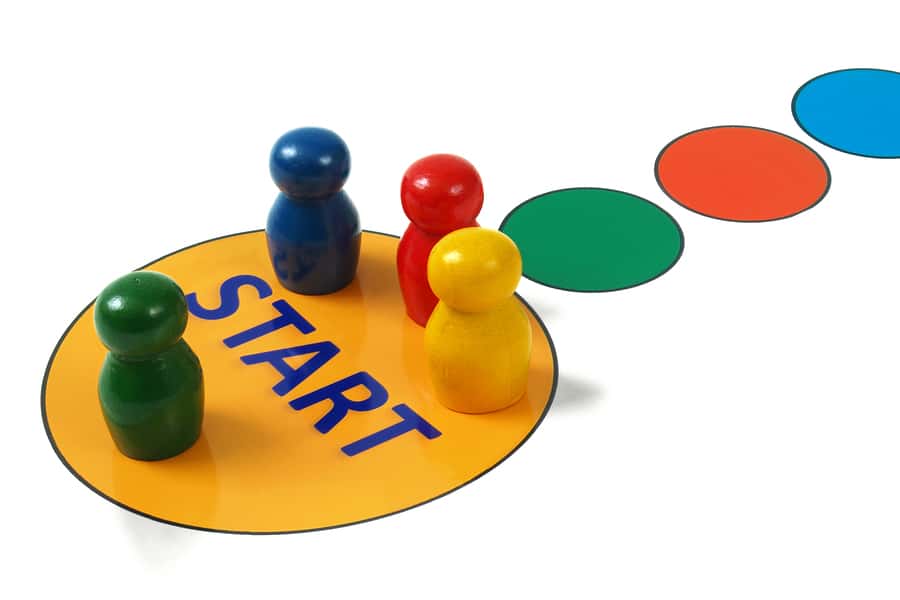
A few years ago I walked into an elementary school and all of the assignments for all of the students were displayed on a public data wall.
I appreciated the focus on achievement and the commitment to transparency, but it made me wonder if the practice produced positive effects. Could it actually be a serious detriment for many struggling students?
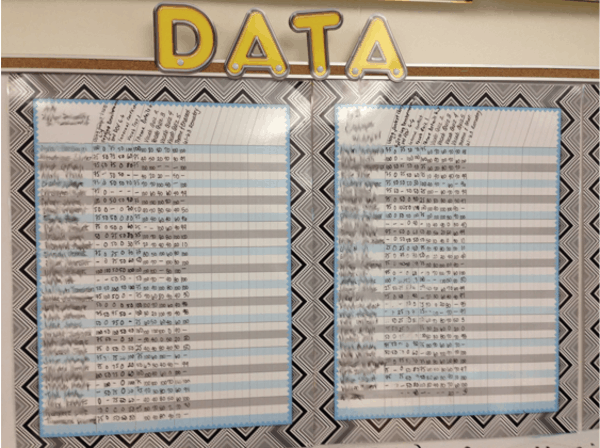
Last year I spotted a string of progress charts hanging over the coat racks in a New England school where kids see it coming and going. Is it a great reminder that growth matters or a constant reminder that some kids are way behind?
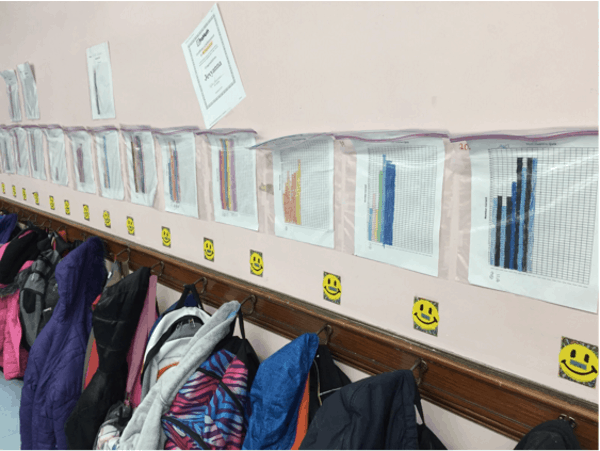
Last fall I visited NOLA schools and saw an extensive example of publicly posted graded written work product. It created a very clear picture of what good looked like but also made clear which students were struggling with writing or English language.
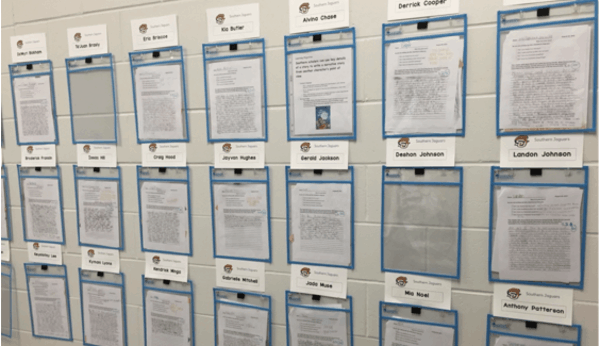
Down the hall from the writing was a GPA Wall where student names were listed in order. Probably a great incentive for top students, perhaps a source of discouragement for struggling students.

Leveling Up or Public Humiliation?
Most kids grow up playing video games these days, so they’re always somewhere on a leaderboard. But that’s different, it’s a voluntary environment with avatars and nicknames. What can we learn from gamification about motivating growth?
Steve Kamb created Nerd Fitness to turn life into a game. His book, Level Up Your Life, describes how gamifying things can increase engagement and turned self-improvement into a game using the same techniques that real games employ (listen to an interview).
Noel Fernando at Nerd Fitness said, “Leaderboards motivate some people. So having that option is really great for the members of our community with more competitive personalities. For others, it’s totally humiliating, and they opt out of participating.”
Your Fitbit and iPhone track your steps. Stridekick allows you to join a fitness challenge. Strava tracks and benchmarks your runs and bike rides against other enthusiasts. Like games, is the key that these are voluntary and (generally) anonymous leaderboard applications?
Does the Measure Matter?
Schools that value deeper learning encourage authentic work product and public presentations. The documentary Most Likely to Succeed features a High Tech High student that fails at public presentation of learning. How is that failure like or unlike notated academic failure on a GPA wall?
Positive versus negative motivation. Do they both lead to results? Do they have other impact in a student’s development, such as their feelings toward school and their ability to do well? How does this connect to growth mindset? Do the gold stars below motivate future performance? What about the students with little or no progress?
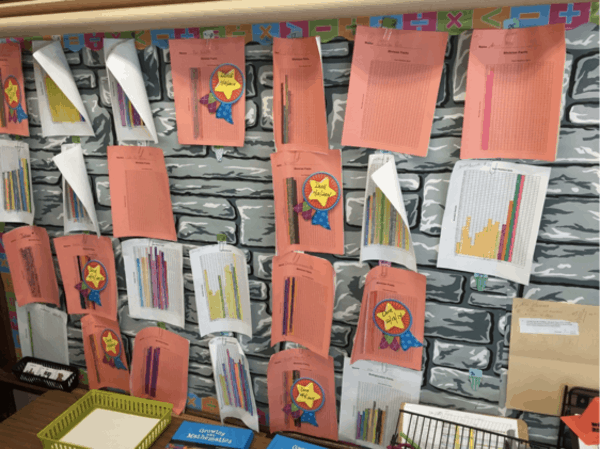
Math Measures
Because intermediate math appears to be the most frequent use of public leaderboards, we surveyed the adaptive math providers. Alex Khachatryan with adaptive middle grade math program Reasoning Mind said, “Our teachers use [leaderboards] in most of our 500+ schools.” (Watch for an interview with Dr. Khachatryan on performance monitoring.)
Other providers are more cautious. Here’s a representative response from an adaptive learning provider, “We aren’t big fans of leaderboards given concerns about public humiliation but some of our sites do use them.”
“Student leaderboards can be problematic on a number of different levels,” according to Tim Hudson from DreamBox. “Not everyone is motivated by competition so if they’re used at all, they should probably be opt-in.” Tim is worried that they they can create resentment. “Some math programs with competitive aspects show students getting excited and giving each other high-fives when they win; but in the background you can see the losing students are devastated. Similarly, leaderboards publicly show winners and losers, which can negatively impact a student’s growth mindset and agency.”
DreamBox doesn’t have student leaderboards, but does sponsor a school-based Math Challenge every March. “When classrooms set collective goals for completing a high number of DreamBox lessons, students encourage each other,” adds Hudson. Because students are working on different grade level content in DreamBox, it’s important to focus on a metric like “completed lessons” rather than how far students have advanced in the curriculum. Hudson thinks, “Any measurement used for a leaderboard should give everyone a reasonable shot at being in the top spot. That means the leaderboard should re-set frequently enough that it’s attainable for anyone. It’s demotivating and demoralizing to be so far behind that you have no chance of catching up.”
It’s pretty common to see a penguin progress charts in the 3500 schools that use ST Math (representing the mascot penguin JiJi). Sometimes it’s individual students, other times (like the picture below) it’s a class competition.
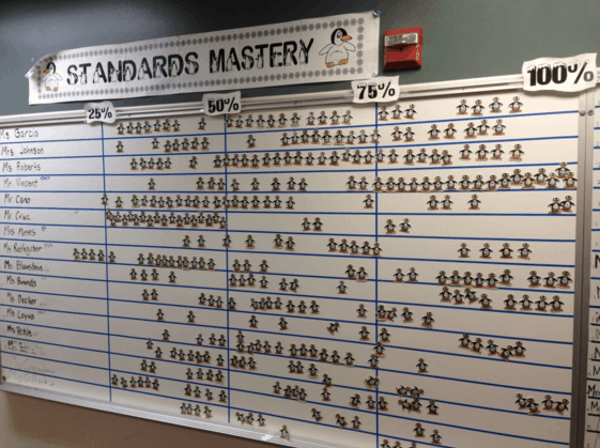
“We’ve seen DreamBox schools create their own leaderboards at the classroom and/or grade level,” said Tim Hudson. “When the first graders complete more lessons than the fifth graders in a week, it gets interesting. That approach helps peers encourage each other more than an individual leader board.”
This series will attempt to answer these questions:
- What forms of performance monitoring best promote persistence and performance?
- When and how are public data displays productive?
- What differences exist between formal/compulsory and informal/voluntary environments?
Have advice on leaderboards or performance monitoring? Questions? Examples? We’d love to hear from you in the comments below.
Stay in-the-know with all things EdTech and innovations in learning by signing up to receive the weekly Smart Update. This post includes mentions of a Getting Smart partner. For a full list of partners, affiliate organizations and all other disclosures please see our Partner page.








Steve L'Heureux
I like the idea of a true 'leaderboard' . I'm not crazy about posting all grades/GPA's etc. Give the kids something to shoot for with levels and rewards. One of my sons really struggled with a teacher who labeled him as not very smart. She even suggested special ed. (I don't have a problem with special ed. My Dad was a special ed teacher and administrator his whole career!) He thought of himself as 'dumb'. The next year he got a teacher who recognized his creativity and nurtured it. He went on to graduate with honors and did very well in college.
Low achieving kids don't react well to shaming. They will regress further. Lets give them levels to aspire to and celebrate each sucess!
Trevor Green
It's like taking pictures of the Amish. Or at least that is what this practice will look like in 10 to 20 years. The key function of give a student a way to see their position relative to other students is so they can see a "you are here" marker and plot a course for improvement. That goes for all students, as the student that has 100% of the offered grade simply moves on to the next subject matter, and while high fives might be given they should know they are not finished. So you should always be given a way to gauge your relative progress through material, but why this needs to be public I do not know. They are much subtler ways to deliver this information to those that aren't at the very top of the achievers
One way would be to assign partners from the top of the class to assist those that are at the bottom.
Why did I say this is like the Amish? Papered walls and cutouts. It is time for this information to feed back to individual students in a digital dashboard. And when a student identifies that they are relatively behind other students in their class or behind where they want to be on a global scale, they simply go on a digital platform watch videos and answer questions until their marks are where they want.
Anything that resembles turning in a piece of paper and waiting for a person to mess with the paper and the physically score and create a ranking board. What a huge waste of time.
So yes to personalized digital leader boards, absolutely not to non-digital public shaming leader boards. Students need this information at the point of action. Review and then Immediate opportunity for action. The worst thing about this is that you are telling a student that they didn't succeed while offer zero opportunity for them to pursue that success. It is a better luck next time board.
This is taking a tool for motivation and using it in the completely wrong context.
I could go on, but I'll stop now.. Super frustrating. Start with Khan Academy until something better comes along.